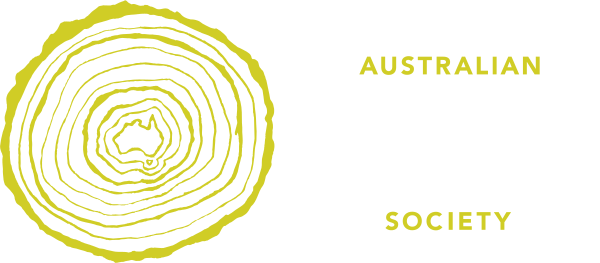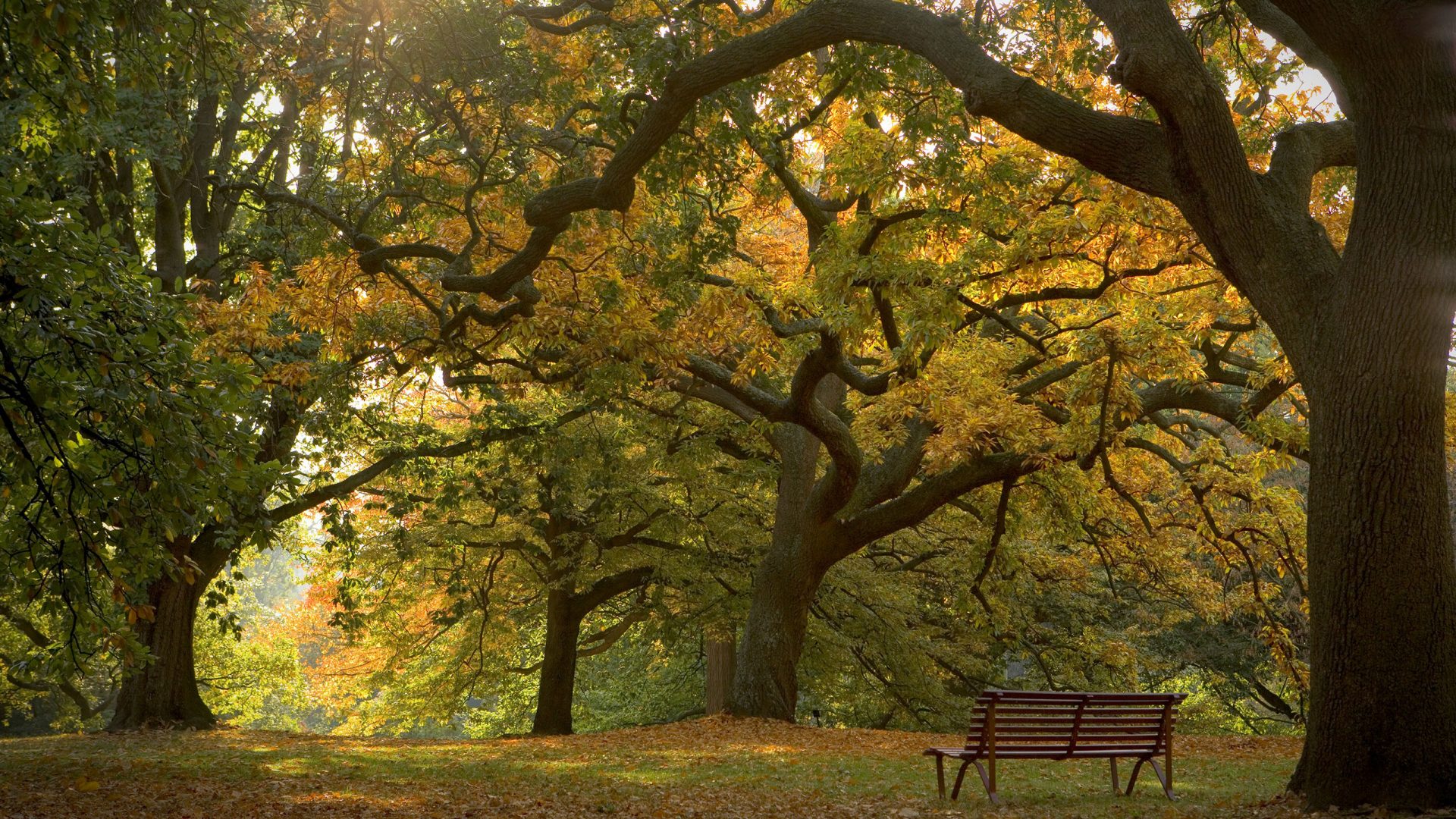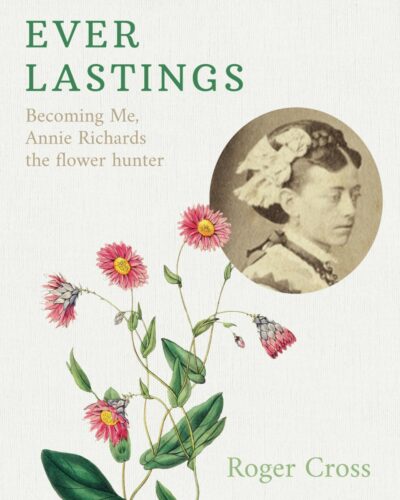Roger Cross has brought into the limelight yet another wonderful Australian lady plant collector: Anne (Annie) Richard. Here fellow Burra resident, Francis Walling, reviews his book, Everlastings, Becoming Me: Annie Richards the flower hunter, Green Hill Publishing, 2024, 279 pp., Amazon books, $59.95.
Born in England in 1845, Annie Richards migrated to Adelaide, South Australia, with her family in 1852. They settled south of the city, in Willunga, where in 1857 her father, Richard Crafter, set up as a chemist/druggist. The building is still standing, as is the Bassett School Annie attended. Richard had studied medicine in the United Kingdom. Later, in 1864, they moved the business to Thebarton in Adelaide. As a teenager, Annie assisted her father and helped to prepare regular and herbal medicines. This was later to prove beneficial and inspired her interest in plants.
Married in 1867 to police trooper, Tom Richards, they were posted to Fowlers Bay, an isolated community way over on the west coast of South Australia on the Great Australian Bight. Great sand hills loom over the town; they were eventually to consume Annie’s first home, the Police Station. They still threaten the town to this day. The endless mallee to the north of the town was to be the source of her future plant hunting.
The main means of contact for this little community was the regular arrival of sailing ships. Annie entertained many important visitors, including explorers John Forrest and Ernest Giles. Giles taught Annie how to collect and prepare plant specimens. He also introduced her to Baron Ferdinand von Mueller in Melbourne. There are 400 attributed specimens in the von Mueller collection and possibly up to 1000. Four years later, another important visitor was Professor Ralph Tate of the University of Adelaide. The samples Annie collected for him are now in the Adelaide Herbarium. Professor Tate was so enamoured of her that he promoted Annie to be accepted as a Lady Corresponding Member of the Royal Society of South Australia, the first in all Australia. (Of course she could NOT attend meetings…but her papers were presented.)
Annie’s medical and herbal knowledge was greatly appreciated by the townsfolk and outlying stations as well as the local Aborigines with whom she had a great rapport. They enjoyed helping her to find new plants and other specimens for her collection.
As we are now aware, there were quite a number of lady plant collectors in the 19th century: 225 collected for von Mueller alone. The one whose situation most closely resembled Annie’s was Georgiana Molloy of Augusta, Western Australia. (See a review of A Lady’s Pen: The botanical letters of Georgiana Molloy in AGH vol.35, no.3, January 2024). After 10 years at Fowlers Bay, Tom was posted to Port Augusta, Beltana and several other police stations in the Flinders Ranges. Annie kept up her collecting, 20 years in all. She died in Adelaide in 1930.
Sadly, none of the more than 1,000 plants she discovered bears her name but, happily, one natural specimen has been named in her honour. To discover which one you will need to read the book.
Francis Walling, gardener, bibliophile (Bloomsbury, Vita Sackville West, Edna Walling), retired teacher and restaurateur, foundation member AGHS, lives in Burra SA, home of the Burra Charter, on the cusp of World Heritage listing.


